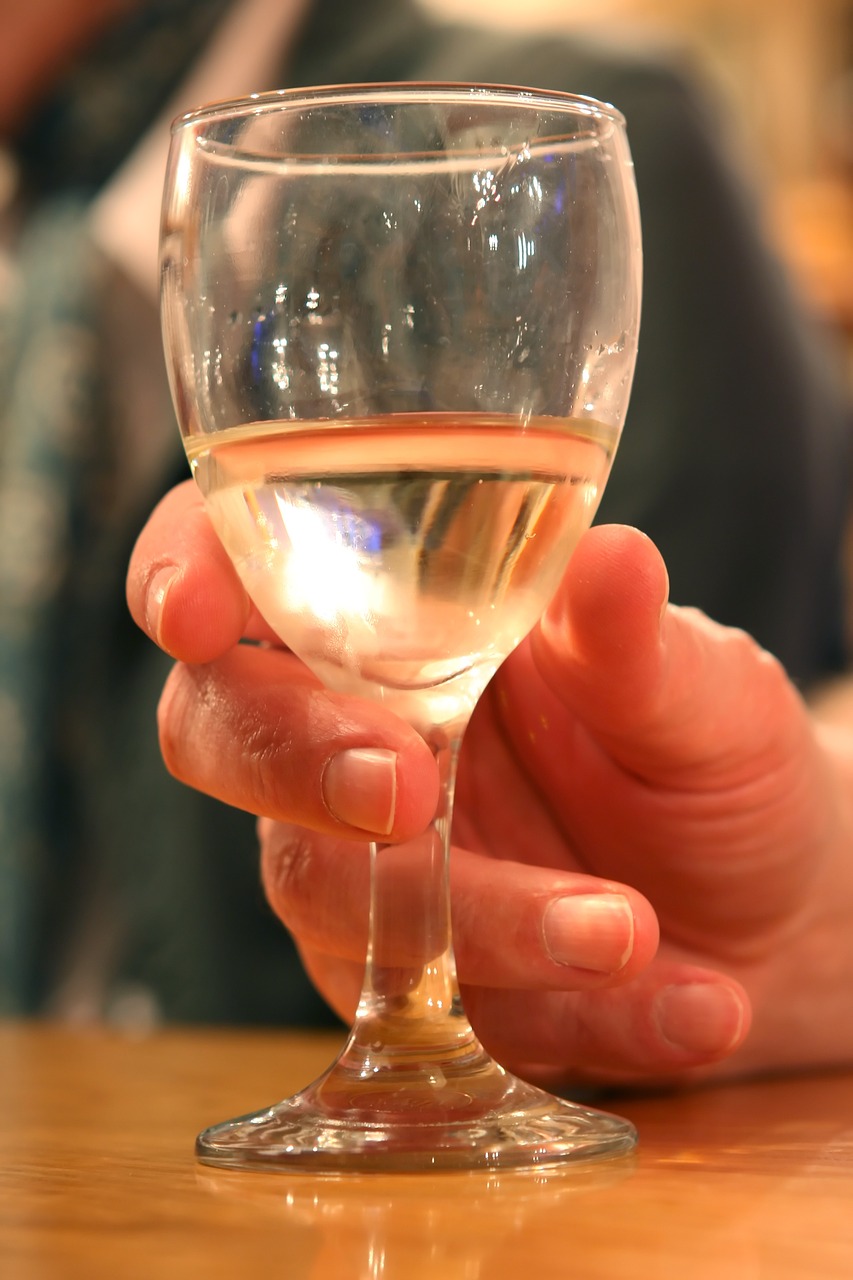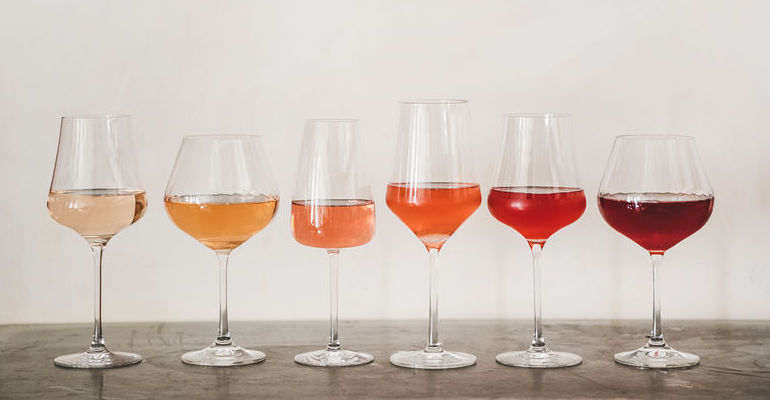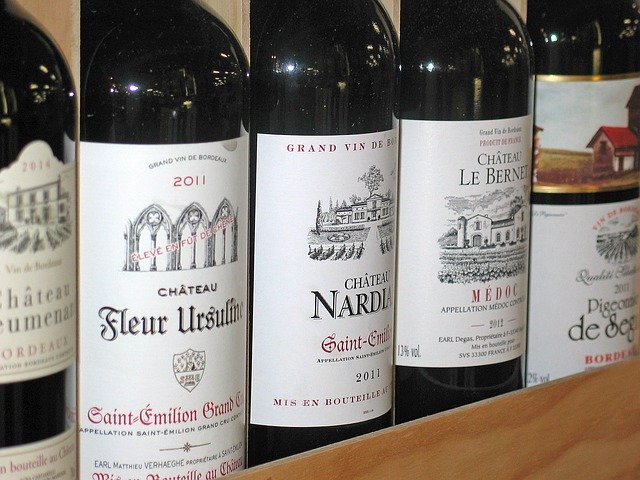Understanding the White Wine Types
People Love
Last Thursday, I pulled out one of my favorite white wine types, a bottle of Chardonnay sur lie, for my friends coming for dinner. I like this wine because it has a creamy mouthfeel, subtle nutty, and caramel aromas without being overly oaky.
As you discovered last week, we all learn to like wine in our unique ways. The Chardonnay type I love might not be your favorite wine.

Research has shown that when specific flavors are present in a wine, they drive up or down how much you like a particular wine.
Did you know that there are many Chardonnay styles?
14 precisely as my colleagues and I identified after conducting a thorough evaluation of 100 wines in several days (1). Exhausting job!
The 14 Chardonnay Wine Styles (1)
- Neutral with natural flavors
- Neutral, easy to drink, unoaked
- Neutral, easy to drink, with some oak
- Not fruity, some oxidation, ‘European style’
- Extra fruity
- Simple fruit with spicy oak
- Oak dominated
- Integrated fruit and oak, slightly sweet
- Barrel fermented, Burgundian style
- Oaky, buttery, ‘full blown’
- Elegant, cold climate fruit, subdued fruit
- Fruit driven
- Burgundian with balanced fruit and oak
- Burgundian with nutty-toasty, sulfide derived complexity

Why is it important to understand the reasons people love different white wine types?
- As a wine lover, it helps you so you can explain why you appreciate or not in a wine to a cellar clerk or a restaurant staff.
- As a cellar clerk, it helps understand the white wine style the customer enjoys to show him or her several options. Listening to your customer instead of suggesting a wine style you love will help you create a tasting experience that the customer will remember for a long time.
- If you are a wine producer, understanding the reasons people love certain white wine types is critical. It helps you offer a range of wine types to please customers with different wine preferences.
What does research tell us about the different white wine types people love?
Here is what the sensory scientists found.
After tasting 12 white wines from different regions, Canadian consumers expressed a strong preference for sweeter and fruitier wines as opposed to oaky and burning wines (2)
Two studies on Chardonnay showed that the fruity, spicy, and vanillin/oak aromas were essential for American consumers to like the wines (3).
Interesting fact:
I found through my research that when people like an oaky wine (red or white), they like the vanilla/oak flavor. However, when they do not like the oak character of a wine it’s often due to the smoky/oak flavor, which tend to reflect unpleasant sensory experience for consumers.
On Canadian Riesling wines, we found that people diverged in the white wine type they enjoyed most (3).
- One group of consumers loved the raisin, honey, sherry, melon, and didn’t care much about the fruity aromas.
- The other group of consumers loved the fruity flavors such as grapefruit, peach, lemon, or floral like rose, but didn’t care of the honey and melon aromas.
Three Sauvignon blanc wine types seemed to appeal to Australian consumers:
- wines with higher tropical and confectionary aromas;
- wines with ‘green’ attributes, and wines that had a tad of ‘solvent’ and
- ‘green’ characteristics, but no tropical or cat urine/sweaty flavor - who would want these aromas in a wine? (4).
You might argue that these flavor differences come from the wine origins. It would be simpler to summarize the style people love by liking Old World wines versus New World wines. Indeed, Chardonnay, Riesling, or Sauvignon blanc from France, for example, are less fruit-forward, less sweet, less toasted oak than the wine styles produced in California or New Zealand.
Journalist Lettie Teague wrote recently, ‘Once, the division between Old World and New World wines was a whole lot clearer.’ Later she adds: ‘Shared winemaking and viticultural techniques have helped to merge the Old World and the New.’ (5)
Indeed Old and New World wine regions can produce similar wine type, like the Chardonnay wine I poured for dinner last week.
Therefore understanding the white wine types you like or your customers like remains an asset in your journey to become a better wine taster.
Published January 13, 2020
I love reading your comments and suggestions
Submit them
using this link
References used for this article:
1. Lesschaeve I., Norris L.N., Lee T.H. (2002). Defining and targeting consumer preferences. In proceedings of the 11th Australian Wine Industry Technical Conference. Pp 118-122. Blair R.J., Williams P.J. and Høj P.B. (eds). AWRI, Adelaide, SA.
2. Lesschaeve, I. , Bowen, A., Bruwer J. (2012). Determining the Impact of Consumer Characteristics to Project Sensory Preferences in Commercial White Wines. Am J Enol Vitic. December 2012 63: 487-493
3. Lesschaeve I., (2008). Wine consumer flavour preferences. In proceedings of the 1st Wine Active Compounds symposium, pp 71-74. Chassagne D., University of Burgundy (ed.), OenoPluriMedia, Chaintré, France.
4. King, E.S., Osidacz, P., Curtin, C., Bastian, S.E.P., Francis, I.L. (2011). Assessing desirable levels of sensory properties in Sauvignon Blanc wines – consumer preferences and contribution of key aroma compounds. Australian Journal of Grape and Wine Research, 17, 2, 169-180
5. Teague, L. 2020. When Worlds Collide: A Shifting Wine Map. The Wall Street Journal. Jan. 2 edition.



